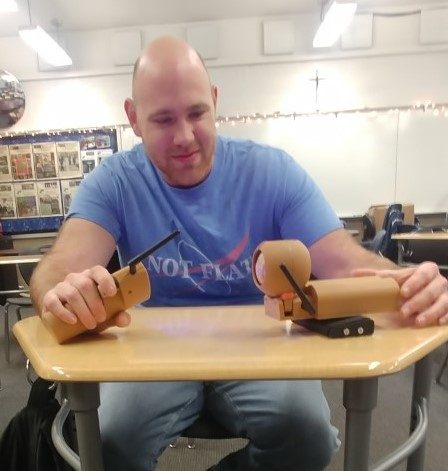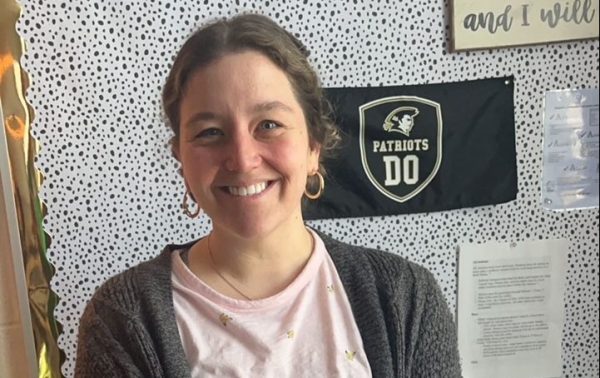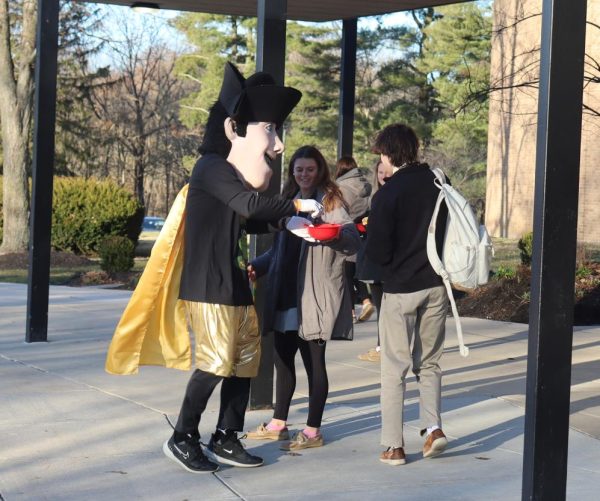Heavy rain prevents drone from flying

April 6, 2021
The ceremonial first pitch of the new Alumni Field would have been dropped to the pitcher from a drone at the baseball dedication ceremony last week. However, rain put an end to those plans.
Physics teacher Anthony Davidson is the brains behind this project. The idea was brought to him by JC President Steve DiBiagio about a month before the dedication.
Dr. Davidson said, “It became a mission for me to use it to help improve my knowledge and in turn benefit students through new curriculum and club ideas.”
His first step of the project was to sketch out his initial ideas, and he said he had to “determine the must-haves of the project and layout a timeline to reach success.”
For the research part of the project, he said, “I thankfully was working on a flight computer in which the materials could be transitioned quickly to this project. I did, however, need to improve my skills with 3D modeling and experiment with my home 3D printer to understand its limitations.”
This project was not easy, and Dr Davidson said he had to overcome multiple challenges. “In some cases, the parts did not fit together as expected or did not print properly; the motors I intended to use on the first design would not hold the ball tightly enough to drop at the correct time.”
He added, “The drone that would have been used is the school’s GoPro Karma. This was my back up plan as you should always have one. The original plan was to use the racing drone that I have; however, it takes much more skill to fly safely and would have required electronics work I was uncertain with.”
This was a time-consuming project. Dr. Davidson said, “In the end I would say I spent between 150 to 200 hours working on the project over about a month.”
For the actual event, he had hoped that “the drone would take off from around the outfield and bring the ball onto the mound. Once overhead, I would have flipped a switch that would have released the ball to the pitcher. I would then have flown the drone back to me and landed — all the while getting good video, of course.”
Regarding the inclement weather, he commented, “The rain would have caused damage to the electronics in the drone and the drop computer. Additionally, I am not sure how it would have affected the lift the props could generate to be safe.”
With what he has learned and planned for the future of this project he said, “If the physics/engineering lab gets the materials from the grants the school is seeking, I plan to reduce the size of the electronics by creating a single board computer with the Components. This will reduce the weight of the device. After the completion of this, I want to use the same method to have students test parachute designs of the rocket we make in the physics class. Finally, I plan to incorporate the methods I learned in design, building, and electronics into my classes to get students skills they can use in their future professions.”
He offered this to students: “All of the things I am doing here are things students can do as well. We have 3D printers at school; the software is free to get for students to design, and I am always willing to help students take on projects they are passionate about.”
Dr. Davidson added, “Often times, students teach me just as much as I teach them with things like this.”




